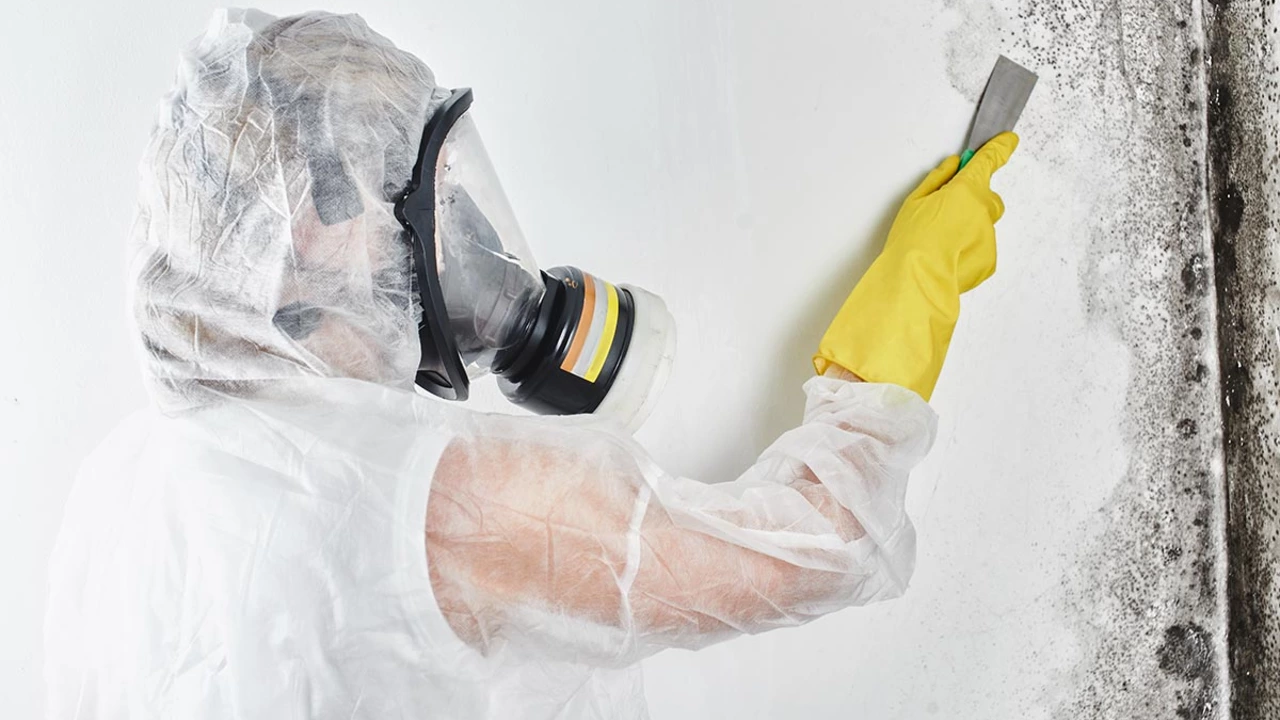The Initial Contact Phase: Life on the Damp Side
Come rain or shine, as an experienced blogger on household disasters, I've set my foot into pretty much every puddle in the business. Water damage assessment, though sounding like a dull topic, is an encounter filled with life's wetter surprises. And it all begins with initial contact. Now, don't misunderstand me; this isn't about meeting someone new and hoping they'll click. Instead, when you've got a soggy basement or a leak-soaked ceiling, the most crucial first step in this tango with dampness is the initial reach out to a professional or insurance company. You can bet that they'll ask about the visibility of the damage, the duration of the leak, and whether the issue is ongoing or has halted. So before you ring, get your facts straight! It’s more fun when you can speak confidently to someone although you’re not exactly having a ball, right?
Measurement and Documentation: The Numbers Don’t Lie
No, I’m not gonna lie to you. As a blogger who’s personally been through a waterlogged nightmare before, I know that this phase isn't as fascinating as your favorite episode of a high-paced drama. But it's as vital as the climax in the storyline. After summoning aid from professionals, they're going to use specialized equipment to measure the extent of the water damage, such as moisture meters and infrared cameras. They will then document all the found damages. Imagine it as a legal detective, probing the crime scene to unfold the mystery of the incident. An integral part of the documentation process is the annotation of building material types. This could vary from the type of insulation to the brand of drywall. As they say, "the devil's in the detail," and these details make a significant difference in restoring your sweet home to its former glory.
Identifying Contaminated Water: It’s Not Always Clear
Let's be honest here, water can be deceptive. It could be as clear as an untouched lake reflecting the glimmers of early morning sunlight and still be more contaminated than you'd expect. Thus, one of the areas professionals assess in water damage is the level of water contamination. They employ their scientific acumen and identify whether your water damage is due to clean, grey, or even black water. Gruesome? Hell yes, it is! But knowing the type of contaminated water helps to map out the most suited restoration course and ensures your safety along the journey.
Determining Salvageable and Non-salvageable Items: The Give-and-Take of Water Damage
Water damage embodies that wise old saying, "you win some, you lose some." In this merry dance with dampness, you're bound to find items that, unfortunately, cannot be salvaged. This part of the water damage assessment involves professionals examining the severity and extent of water damage, then creating an inventory of salvageable and non-salvageable items. You may be surprised at the strength of a good old restorative exercise. While it’s disheartening waving goodbye to some of your water-soaked belongings, on a positive note, the list of salvageable stuff can bring you a sweet sense of victory.
Formulating a Restoration Plan: Making a Comeback
If you're anything like me, you appreciate a good game plan, especially when the stakes are high. That’s exactly what a water damage assessment does for you. The restoration company will curate a detailed, personalized plan to return your property to its pre-damaged conditions. It's quite a comforting thought in the middle of this rather damp predicament, isn't it? This crafted plan will encompass everything from the drying process, decontamination, and dehumidification, to the replacement of damaged structures.
Ensuring Safety Precautions: Don’t Slip Up Now
Let’s face it, water and electricity don't mix. When assessing the aftermath of water damage, a keen focus on safety precautions mustn’t be overlooked. This includes securing the site of damage, setting pathogen containment measures, and mindful power suspension if electricity presents any risks. Trust me, I’ve faced this, the only ‘shocking’ thing you need in such a scenario is how swift your restoration crew could be.
Designing Future Preventive Measures: Keep The Shores At Bay
Here's where an ounce of prevention truly is worth a pound of cure! At the end of the evaluation, your restorative team will provide crucial advice on preventing such mishaps from recurring. Their suggestions can range from new drainage installations to simple maintenance tips. Sure, it might seem like a chore, but who wants to be knee-deep in water again when you can keep it at bay with just a little bit of preventive wisdom?
